 |
 |
 |
 |
 |
 |
 |
Features
TEXT ANALYTICS TOOLS ProSuite is a collection of integrated text analytics tools QDA Miner, WordStat, SImStat that allows one to explore, analyze, and relate both structured and unstructured data. Provalis Research Text Analytics Tools allows one to perform advanced computer-assisted qualitative coding on documents and images using QDA Miner, to apply the powerful content analysis and text mining features of WordStat on textual data, and to perform advanced statistical analysis on numerical and categorical data using SimStat. ProSuite does not confine researchers and analysts to a single text analytics approach but allows them to choose the one that best fits the research question or the available data. | |
IMPORT FROM MANY SOURCES
• Import Word, Excel, HTML, XML, SPSS, Stata, NVivo, PDFs, as well as images. Connect and directly import from social media, emails, web survey platforms, and reference management tools. 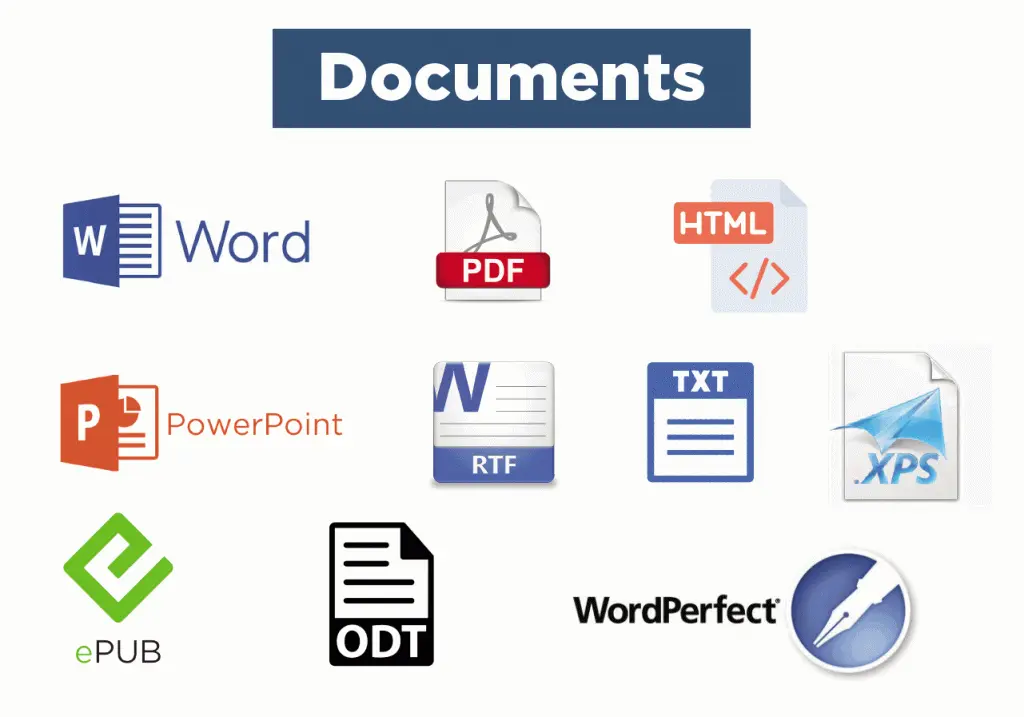
APPLY QUALITATIVE CODING TO DOCUMENTS • Code and annotate text segments and images using features that provide greater flexibility and ease of use.
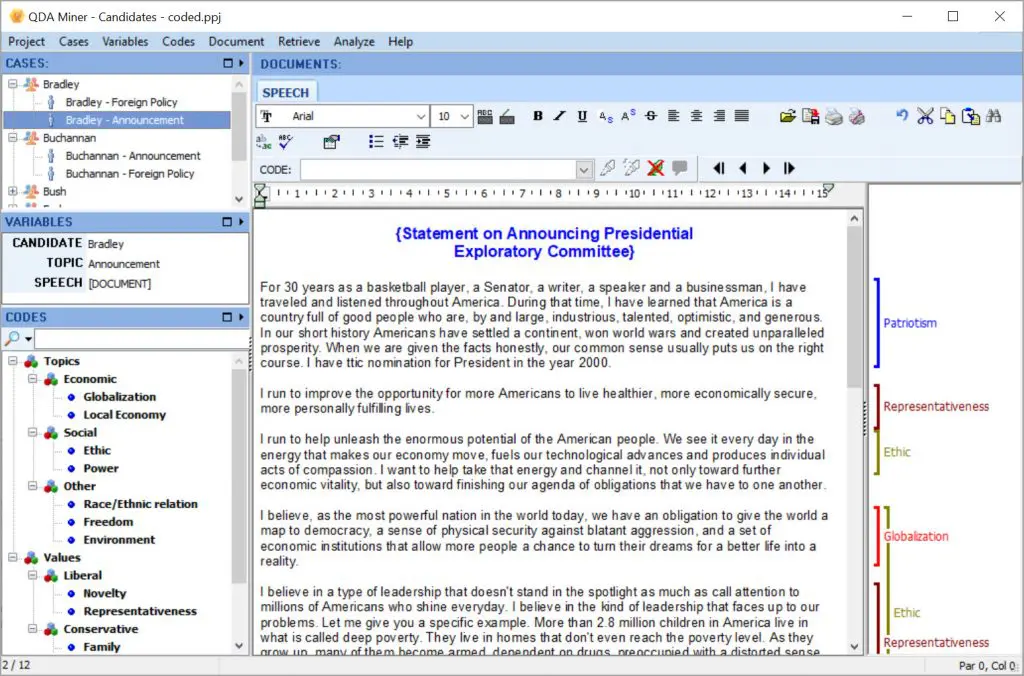
| |
PERFORM ADVANCED TEXT SEARCH • Achieve faster and more reliable coding with more than seven text search tools including keyword search, section retrieval, a powerful query-by-example search that learns from the user, and a unique cluster extraction that automatically groups similar text segments. 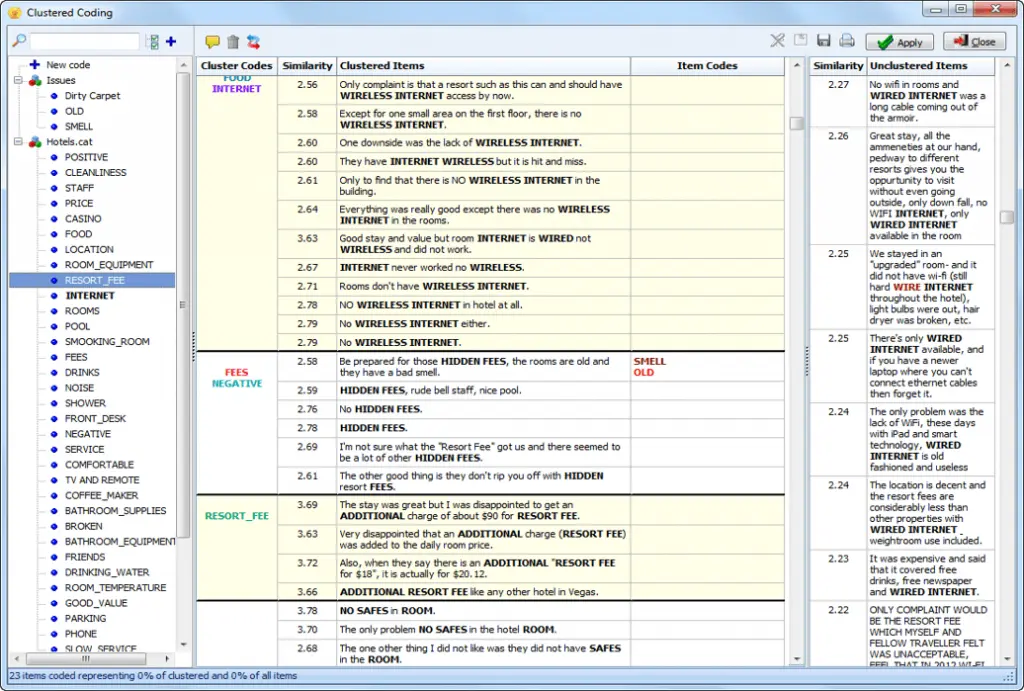
ANALYZE USING STATISTICAL AND VISUALIZATION TOOLS • Explore data, and identify patterns and trends using integrated statistical and visualization tools such as clustering, multidimensional scaling, or correspondence analysis. 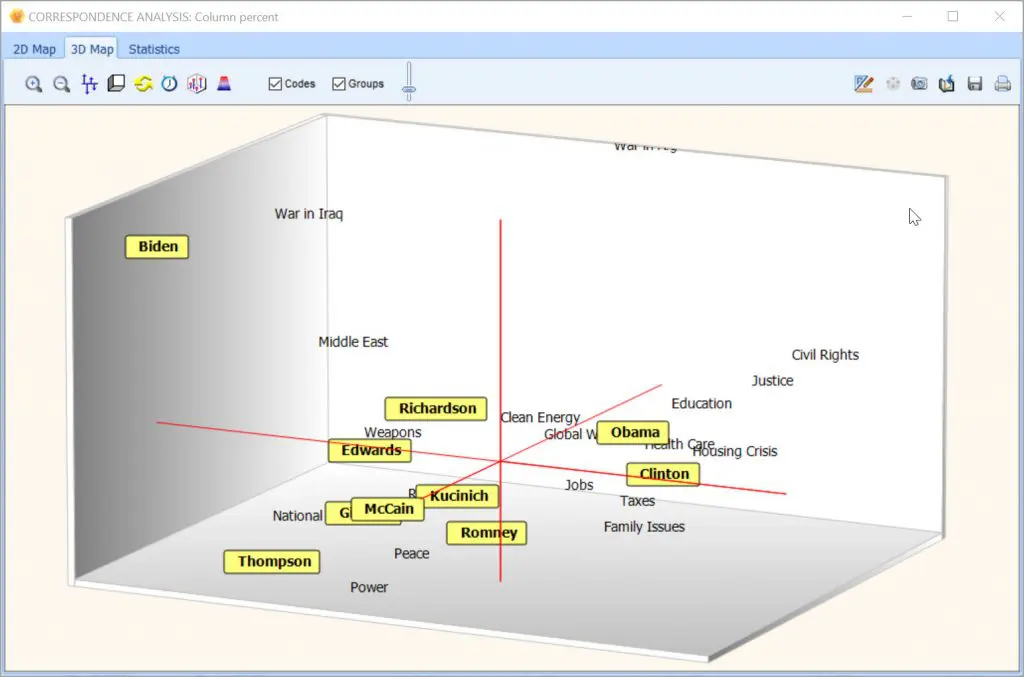
EXTRACT THE MOST SALIENT TOPICS USING TOPIC MODELING • Get a quick overview of the most salient topics from very large text collections using state-of-the-art automatic topic extraction based on words, phrases, and related words (including misspellings). 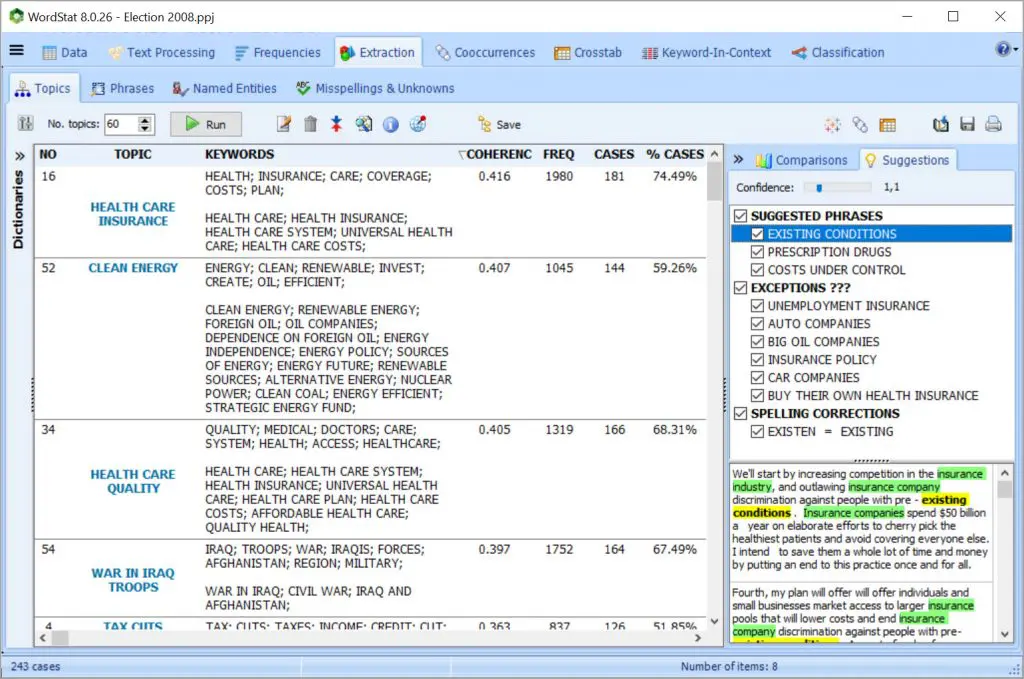
RELATE TEXT WITH STRUCTURED DATA • Explore relationships between unstructured text and structured data such as dates, numbers or categorical data for identifying temporal trends or differences between subgroups or for assessing relationships with ratings or other kinds of categorical or numerical data with statistical and graphical tools (correspondence analysis, heatmaps, bubble charts, etc.). 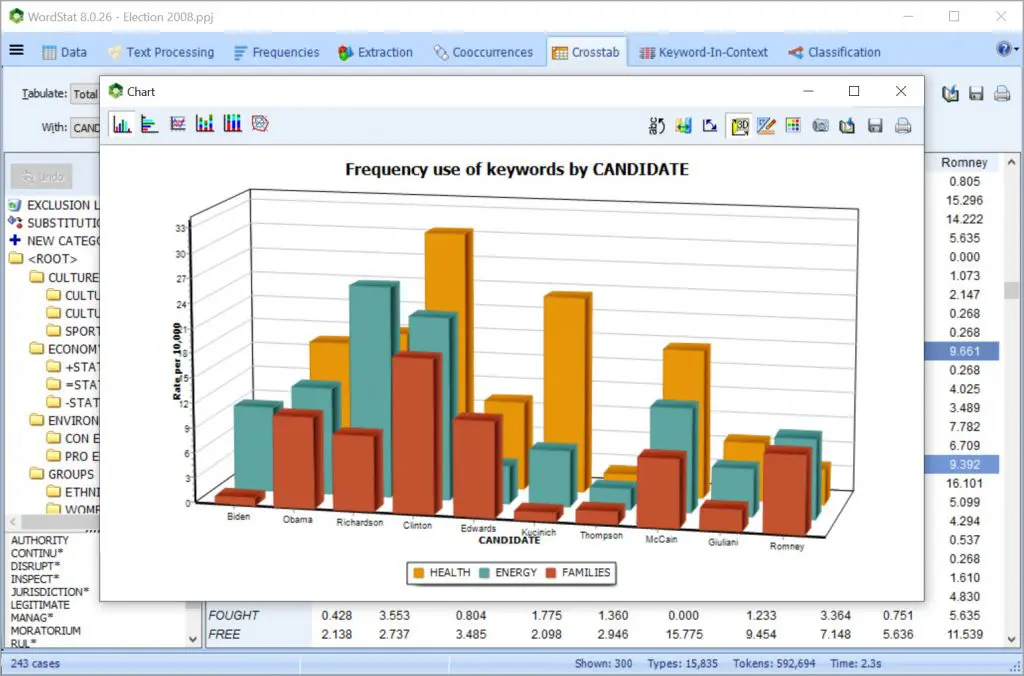
EXPLORE CONNECTIONS • Explore relationships among words or concepts and retrieve text segments associated with specific connections.

|
|
 |
 |
 |
 |

|